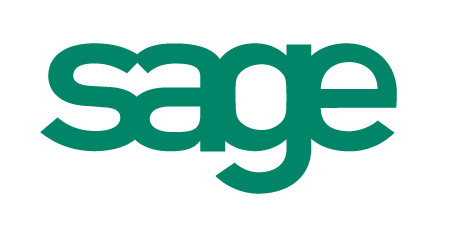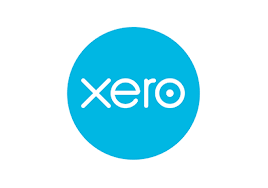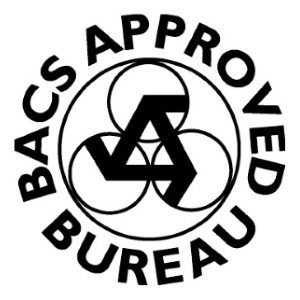

What is liquidation?
Liquidation is the formal process of closing down a business and distributing its assets to settle outstanding debts. This typically happens when a company is no longer financially viable — meaning it cannot continue operations due to insolvency.
However, Liquidation doesn’t always happen in dire circumstances. In some cases, companies that are solvent might choose to liquidate because their shareholders no longer want to continue business. This might be due to financial distress or a strategic decision, either way — liquidation involves converting a company’s assets into cash to pay creditors and shareholders (if anything remains).
Types of liquidation
In the UK, there are three main types of company liquidation. Each type serves a specific purpose that depends on the affected company’s financial state and the wishes of its directors and shareholders. Let’s break down the three types of liquidation:
Creditors’ Voluntary Liquidation (CVL)
A Creditors’ Voluntary Liquidation, or CVL, is when the directors of an insolvent company initiate a Liquidation. In this case, the company is no longer able to meet its financial obligations — paying suppliers or servicing loans — and the directors will make the difficult decision to voluntarily close the business. A CVL is a proactive step, usually taken when directors want to limit further financial loss, avoid legal action from creditors and take back as much control as possible.
Members’ Voluntary Liquidation (MVL)
A Members’ Voluntary Liquidation, or MVL, is when a company opts to close down while it is still solvent. In an MVL, the shareholders decide to liquidate the company, usually because they no longer wish to carry on the business or the company has reached the end of its useful life. Since the company can still pay off all its debts, this type of Liquidation allows for an orderly winding-up process and ensures that any remaining assets are distributed to the shareholders. MVL is often used in situations like retirement or restructuring, offering a tax-efficient way to return funds to shareholders.
Compulsory Liquidation
Compulsory Liquidation happens when a court orders a company to liquidate — this usually happens after a creditor files a winding-up petition. If the company cannot pay its debts, a creditor can request that the court issue a winding-up order — forcing the company into liquidation. This process is typically seen as a last resort and it often results in a loss of control for the directors and a more complicated, public, and drawn-out process.
The liquidation process
With all three types of Liquidation, the process follows several key steps that must be handled in accordance with UK insolvency laws. Our team at Bennett Verby Corporate Recovery will ensure that the process runs smoothly and will help you navigate the legal and financial challenges you might face along the way.
- Decision to liquidate — The directors and shareholders (in a voluntary liquidation) or the court (in compulsory liquidation) will formally decide to liquidate the company. In the case of a CVL, the directors will convene a meeting to pass a resolution to liquidate. While in MVL, shareholders must agree to the liquidation and appoint an insolvency practitioner (IP)
- Appointment of a licensed Insolvency Practitioner — Here’s where we come in. The IP’s role is to ensure that the liquidation is conducted in compliance with legal requirements and that all assets are dealt with in the best interest of the creditors.
- Realising assets —The IP will take control of the company’s assets — this might include property, equipment, stock, and trade debtors. These assets are valued and sold to generate funds to pay off creditors.
- Distributing proceeds to creditors — The proceeds from the sale of assets are distributed to creditors in a set order of priority. Secured creditors will be paid first, followed by unsecured creditors. If any funds remain after all debts are settled — these will be distributed to the shareholders.
- Closing the company — Once all assets are distributed and all legal obligations are fulfilled, the company will be formally dissolved and cease to exist.
Why choose voluntary liquidation?
Voluntary liquidation — either through a CVL or MVL — offers several advantages over compulsory liquidation. For insolvent companies, opting for a Creditors’ Voluntary Liquidation provides more control over the process and is often viewed more favourably by creditors. Directors can engage with the creditors early on, potentially avoiding the reputational damage associated with a court-ordered compulsory liquidation. Additionally, voluntary liquidation allows directors to manage their risks more effectively, reducing the likelihood of being held personally liable for the company’s debts.
For solvent companies, Members’ Voluntary Liquidation is a more efficient and cost-effective way to close down operations. It offers flexibility in distributing remaining assets, usually allowing shareholders to benefit from certain tax advantages.
The role of the Insolvency Practitioner
At Bennett Verby Corporate Recovery, our insolvency experts will ensure that your liquidation adheres to all legal requirements. This includes managing asset sales, ensuring that creditors are paid in the proper order, and overseeing the company’s dissolution. We work closely with directors to ensure compliance, avoiding the risks associated with wrongful trading — which could lead to personal liability for the company’s debts.
Director’s duty and risks
If your company has become insolvent — directors must act with great care to avoid accusations of wrongful trading. This can occur if you allow a company to continue trading while knowing it cannot pay its debts. Seeking early advice is crucial for directors facing financial difficulties. At Bennett Verby Corporate Recovery, we provide guidance to ensure that directors understand their legal responsibilities and avoid personal liability. Our team helps directors fulfil their duties while navigating the liquidation process.
The benefits of expert guidance
When you work with our experienced insolvency experts, it offers a number of benefits during your liquidation. We aim to minimise stress, ensuring a smooth and efficient process and our expertise allows us to get the best returns for creditors. This ensures that the liquidation is conducted as efficiently as possible. By working with us, you’ll have a partner who understands the challenges of business closure and is committed to making the process as painless as possible.
Get in touch
Is your company facing financial difficulties? Liquidation could be a viable option to move forward. Whether you’re considering a Creditors’ Voluntary Liquidation or exploring a Members’ Voluntary Liquidation, our team at Bennett Verby Corporate Recovery is here to provide expert advice and guide you through the process. Contact us online today or give us a call at 0161 476 9000 for a confidential consultation to discuss your options and find the best path forward for your business.









